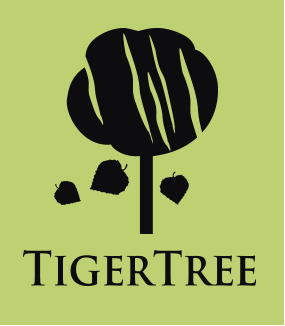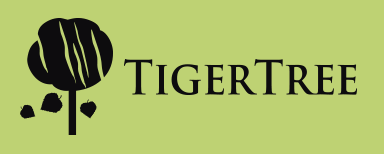Did you Know?
That we’re doing cool stuff?
Did you know… that we’re watching for common insects and diseases in your neck of the woods?

SCALE
Pine needle scale and oystershell scale are common pests of spruce and aspen, in that order, in Wyoming and Colorado. Scale are tiny insects that almost look like they are part of the tree. They only look like insects during the crawling phase, which is when they are mobile and recently hatched out of the egg. Luckily there are two treatments that work well to beat back scale in our urban forest. Either we smother them or give them insecticide. Horticultural oils (or called dormant oils) are oil (either petroleum or vegetable) droplets in water, sprayed onto the tree in order to smother the insect. Horticultural oils are a nice tool to have in the toolbox because they have low toxicity. Horticultural oils should not be applied to late in the spring when tender new growth is forming. The oils could burn the new growth. We use a systemic insecticide to treat scale, as well. These insecticides move internally into the tree and its sap and kill insects that feed on the tree.
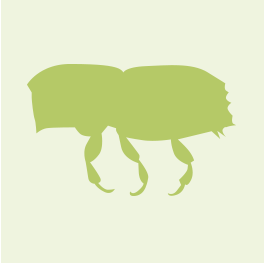
BARK BEETLES
Ips beetle, mountain pine beetle, spruce beetle, among others are all bark beetles. These beetles are well known throughout Wyoming and Colorado for their ability to kill a tree in one season and their behavior of mass attack. Mountain pine beetles also introduce a symbiotic fungus that clogs up the trees cambium layer. Trees can be otherwise healthy and stress-free yet can succumb to a bark beetle attack, through their behavior of mass collaboration on one tree and the introduction of fungus. Preventative insecticide applied to the trunk of the tree is highly effective against bark beetles being able to chew through the trunk of the tree.
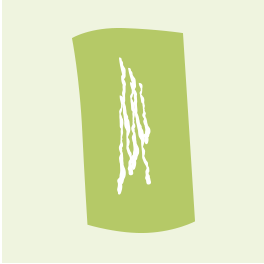
CYTOSPORA
Cytospora canker is a fungal infection that is not easily treatable. In aspen, cottonwood, poplar, birch, willow, elm, and spruce you will notice seeping cankers on the bark. The fungal infection kills the tree’s conductive tissue. Signs that your tree has cytospora canker include an orange-brown or yellow, potentially moist discoloration on the trunk and/or branches. The tree may have dead or dying branches and slowed tree growth, although slowed tree growth is difficult to determine in our climate of already slow growth. Treatments for cytospora include pruning affected branches (sterilize pruning tools between cuts with rubbing alcohol or a one-to-nine chlorine bleach-to-water solution.) · Remove dead or dying trees to reduce the chances of infecting other susceptible plants. TigerTree is testing fungicides but cytospora is difficult to treat and we have no definite answers, at this point.
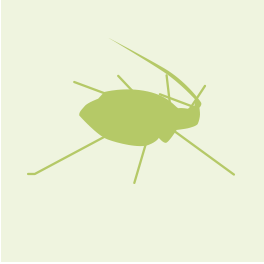
APHIDS
Aphids are small insects that suck sap from their hosts. Aphids are easy to spot and is a treatable pest. The are usually more annoying than fatal to the tree. Many cottonwoods along the Front Range and Wyoming contain aphids. Although we treat for aphids with insecticides these landscape pests can easily be left alone to see if the population naturally declines.

Did you know… that you can grow
mushrooms from our wood chips?
Wood chips (from TigerTree), sawdust, wheat/oat bran (for nitrogen), and the mushroom spawn (inoculated millet). Planet Laramie Farms soak the ingredients and sterilized the blocks then add the spawn and watch it run.
